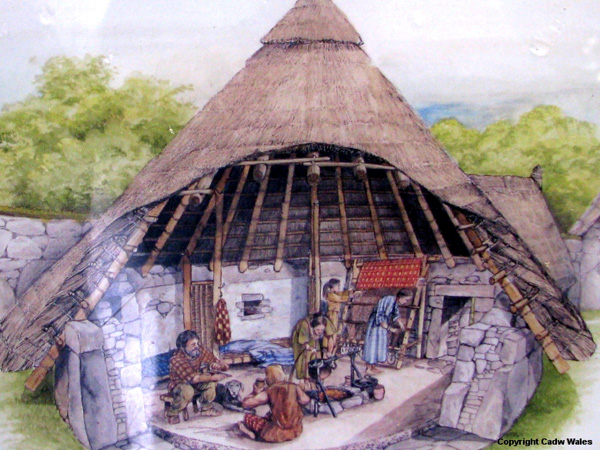
I probably won’t be recommending Pinterest very much since they’ve made it much harder to view their site for non-members. Maybe it’s just me because I’ve spent so many hours scouring their site, but I’m practically blocked. Anyway, I found this interesting drawing on a shelter page at Pinterest and thought I’d share.
shelter
Huts on Ekopedia
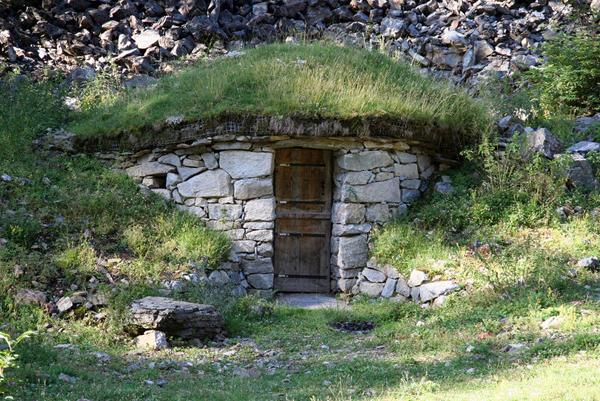
“A hut is a temporary shelter built with materials found nearby. It is generally built manually in a natural environment with local materials : branches, leaves, logs, bushes, etc. … Less commonly, it can also be made of materials such as metal (iron), cloth or plastic (sheeting), and be located in an unnatural area such as a backyard or on the water (stilts).
Emergency Shelter for Kashmir Flood Victims
Simple Shelters Book Review
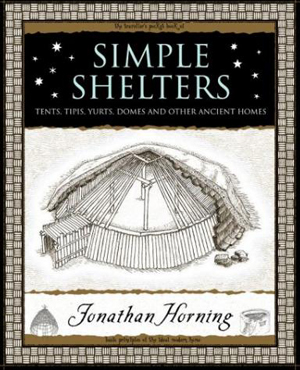
“Rarely do you get such a small book that feels much bigger than it really is. This diminutive book, (measuring a mere 6 by 5 inches) with the title ‘Simple Shelters’, is anything but small in content and the shelters are anything but simple. In fact I am thinking of shrinking the size of my coffee table so it does not look out of place.
Underground Cities
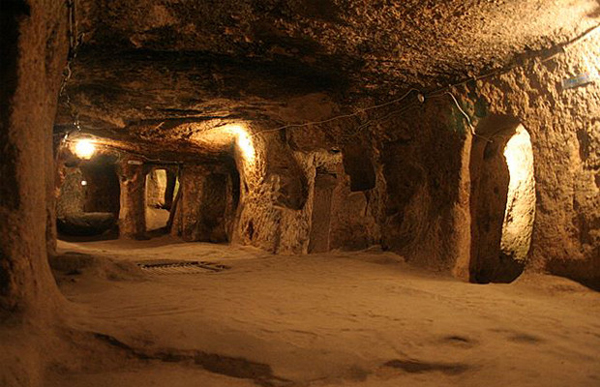
“One of the characteristics of Cappadocia is having plenty of underground cities. It’s known that there are more than a hundred underground settlements in the region and many of them are not open for visits. The underground cities, which are guessed to be used since the Bronze Age, used to be settlements mostly in Byzantine period, doubtless. In this period, increasing invasions forced local residents to build underground cities for protection and religious purposes.
Collapsible woven refugee shelters powered by the sun
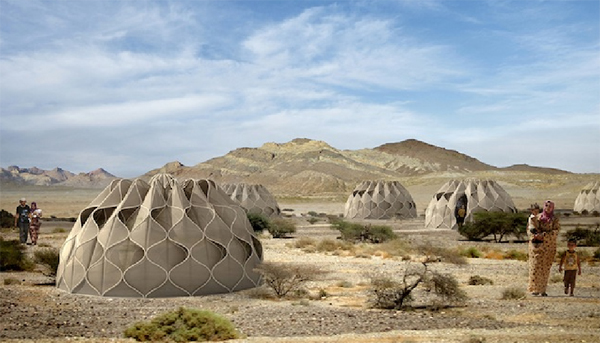
“More than 40 million people worldwide have been displaced from their homes and left to find shelter in strange lands. Maybe they find a tarp, or a tent, but their quality of life almost always remains dismal. To close this gap in need, Jordanian-Canadian architect and designer Abeer Seikaly designed a new kind of shelter. One that allows refugees to rebuild their lives with dignity.

